Combining outdoor recordings with retro synths and epic chord progressions, The Green Decay is an homage to the sounds of the 80s and horror fiction that eschews cheesiness and revels in the rush of terror. The album is delicious. Just like The Principality of Dustland, it yearns for stories to be told alongside it.
Nearly two years ago, Everyday Dust released The Principality of Dustland, through which floated haunting echoes of cerebral science fiction. In my review of that record, I made it fairly clear that I thought Dust was something of a visionary. Dust’s second full-length album, The Green Decay was released late October, 2016.
Timing can be an odd and wonderful thing, as I discovered when Dust sent over The Green Decay.
I had finished Netflix’s Stranger Things the day before, and my mind was reeling with images of the Upside Down, that crazy face-leaves monster, and the heavy weight of fear in dense forests. While the synthwave soundtrack of Stranger Things suited the 80s-nostalgia vibe of the show beautifully, I honestly think The Green Decay would have been a better, more evocative soundscape for the show, one that would push the tension and terror in the viewer to a fever pitch. Truth be told, the serendipity of getting this album right as I finished Stranger Things returns to me time and again as I listen to the record.
And according to Dust’s liner notes regarding the project, that’s not too far off from the record’s intent. He began the record as a musical study of moss and algae, only to change it once he started reading a Lovecraftian anthology of short stories from the late 60s by Ramsey Campbell, The Inhabitant of the Lake and Less Welcome Tenants. The music takes dark twists, pulling you into deep holes that occupy a simultaneously nostalgic (think Dracula) and forward-looking (think Alien) space.
The album is full of Dust’s trademark thoughtfulness, every note and sample placed with care, and mastered with what I imagine might have been an obsessive attention to detail. Making sure that a bass line’s dissonance climbs into the listener’s awareness but doesn’t overtake the ethereal, heavily reverbed strings and white noise—that kind of thing must take a serious amount of tweaking.
The Green Decay is a beautiful record, haunting in the way Dustland was, but from a different narrative lens. It’s amazing that a musician playing with minimalism can capture the essence of a dim, misty forest so precisely and evocatively. An again as with Dustland, Dust included images for each of the pieces on the record, beautiful photographs of the woods that complement the music. As you stare at the faded browns, grays, and greens, the sounds themselves take on the qualities of those colors, and you can identify where in “Roots” the roots appear, or just how massive the threatening monstrosity in “Colossus” is. Or perhaps it’s your heightened tension, and there’s no monster at all; only the forest, and the colossus is a magnificent tree.
Combining outdoor recordings with retro synths and epic chord progressions, The Green Decay is an homage to the sounds of the 80s and horror fiction that eschews cheesiness and revels in the rush of terror. It’s the kind of record you play DnD to. It’s the kind of record you listen to on a dark night walking through a city alone. It’s the kind of record that you listen as you crunch leaves underfoot in the taiga, scoffing at rumors of Nessie but never letting go of the possibility that the monster might be real.
The album is delicious. Just like Dustland, it yearns for stories to be told alongside it.
The Green Decay is available on Sparkwood.






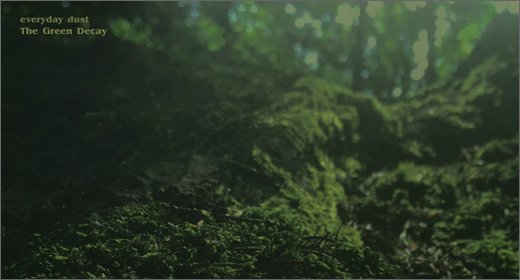



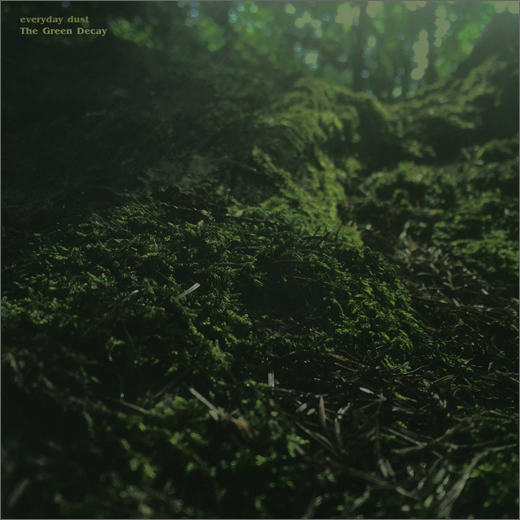

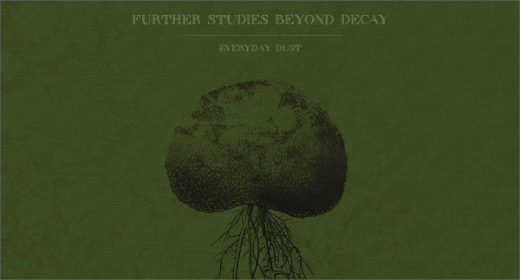
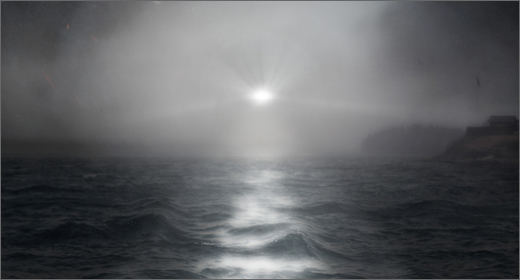
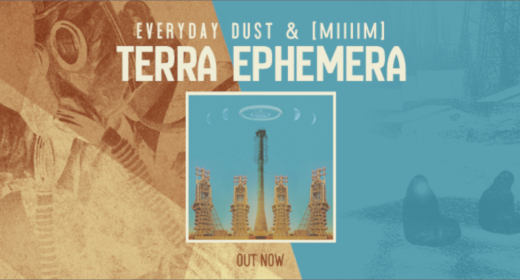
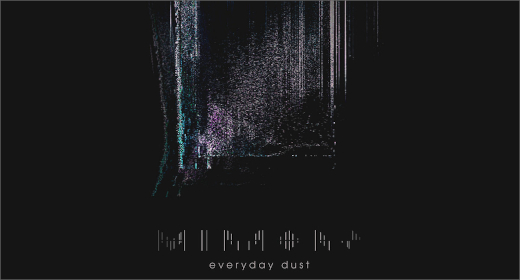
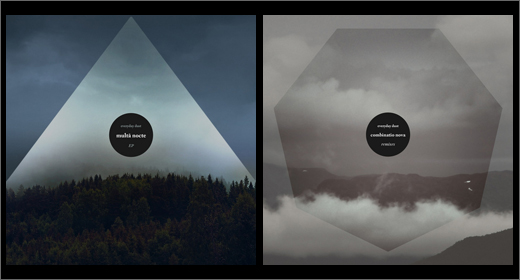



![Luke’s Anger :: Ceiling Walker EP (Love Love) — [concise]](https://igloomag.com/wp/wp-content/uploads/2025/04/lukes-anger-ceiling-walker-vinyl_feat-75x75.jpg)

![Ndorfik & madebyitself :: Solos EP (People Can Listen) — [concise]](https://igloomag.com/wp/wp-content/uploads/2025/04/ndorfik-madebyitself-solos_feat-75x75.jpg)





